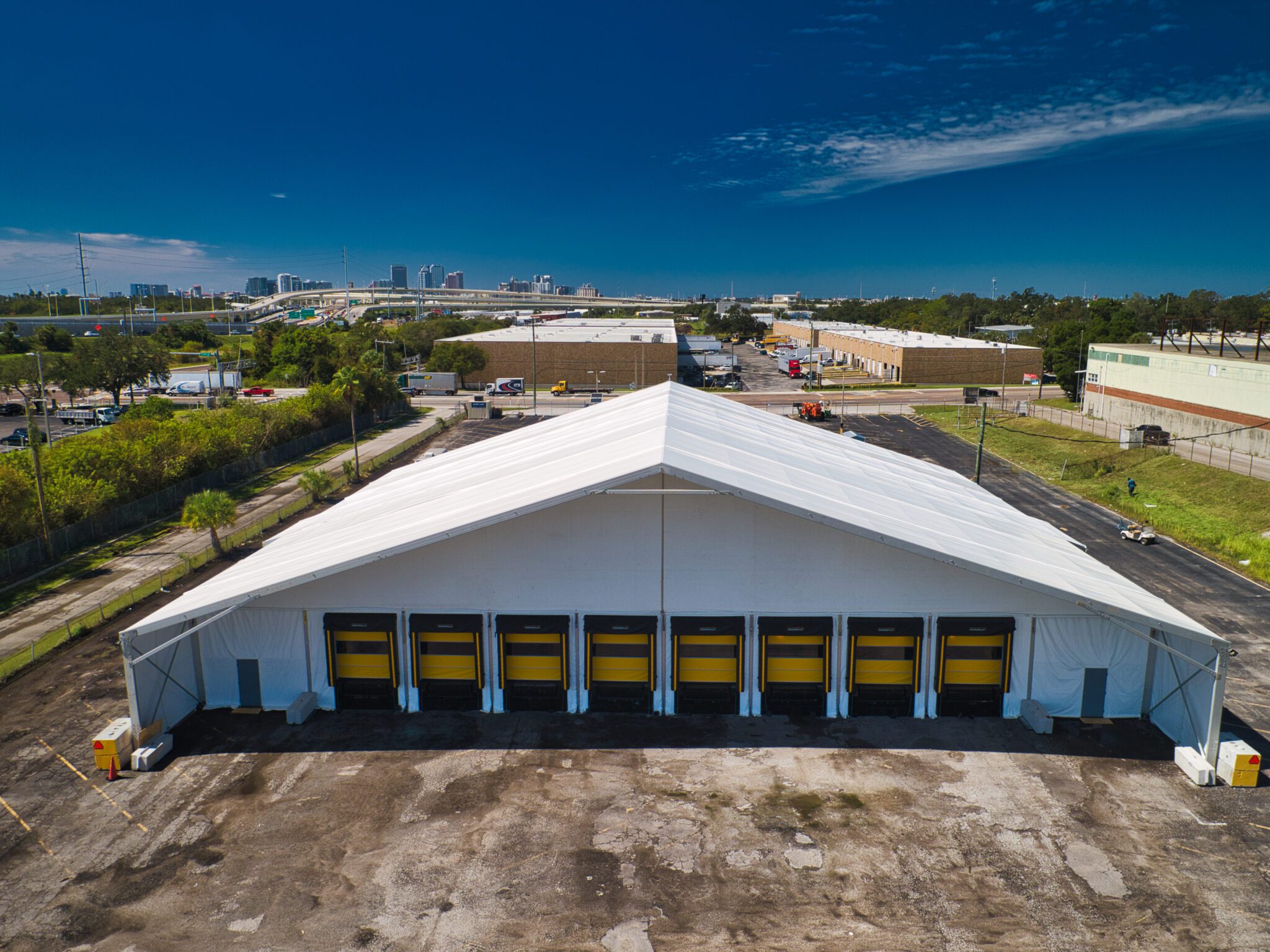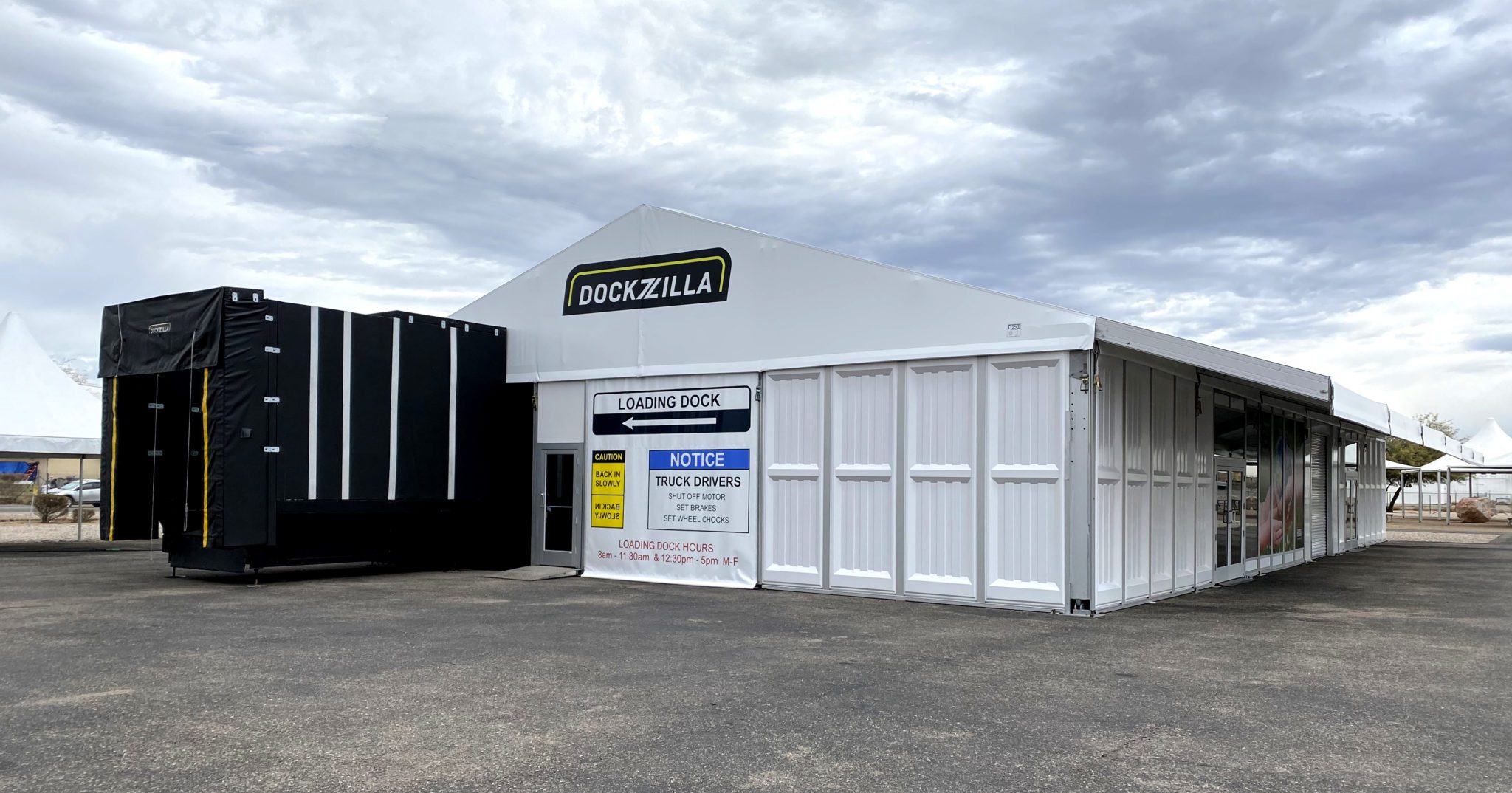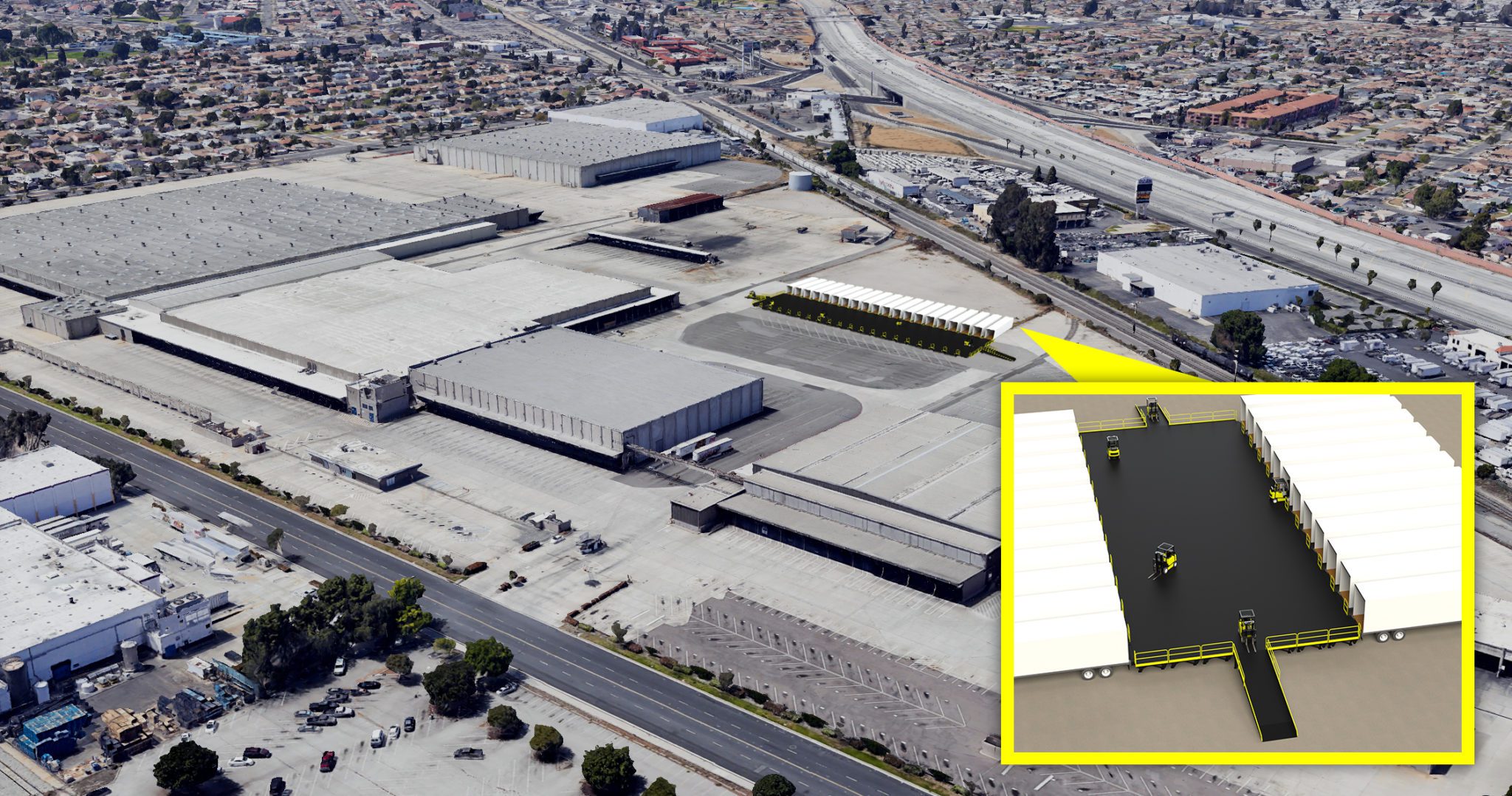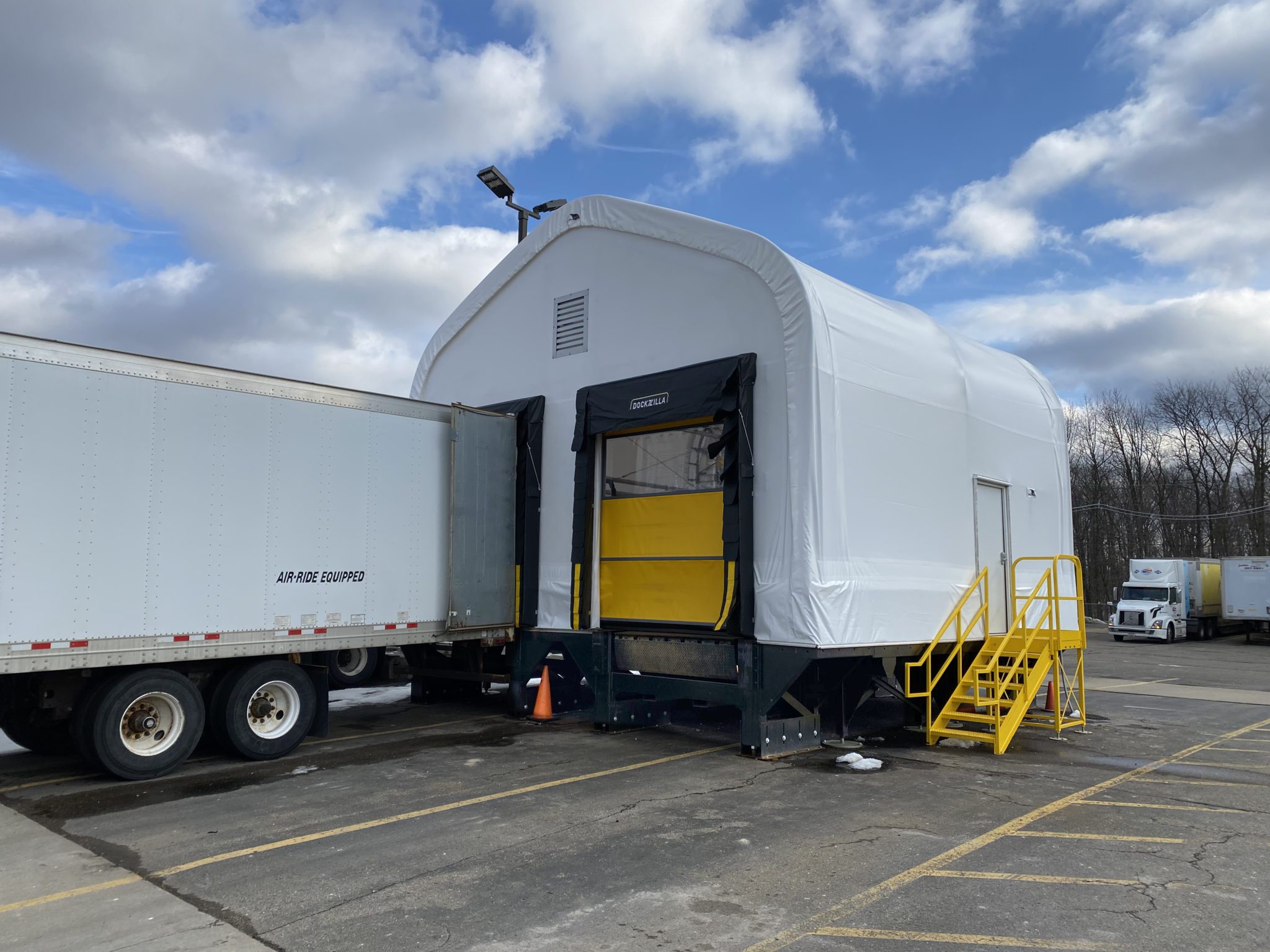
With additional pressure on last-mile logistics, businesses are scrambling to secure “last-mile” distribution and fulfilment centers in close proximity to their customers. Innovative companies are re-envisioning the way they get things done and turning to a more versatile solution: Dockzilla’s modular Distribution Warehouse.
Find out how companies are leveraging new possibilities and transforming their operations faster than they ever expected to meet consumer expectations today AND in the future.

For many people, clicking the “submit order” button has become the new grocery run. This work-from-home and virtual-schooling status has heightened consumer expectations for expedited home delivery of everything from meals to household supplies. As a result, companies in e-commerce, retail, grocery delivery, and logistics are scrambling to secure “last-mile” distribution and fulfilment centers in close proximity to their customers.
This increased competition has made warehouse and industrial space a hot commodity. According to the Commercial Real Estate Development Association, demand is soaring for smaller light industrial warehouses of less than 120,000 sq. ft. Industry experts estimate that another 1 billion sq. ft. of warehouse space will be needed by 2025.
Even if warehouse space becomes available, construction or building modifications could take months to complete. So, how are businesses filling these last mile delivery gaps in their supply chains and remaining successful?
Solving the Commercial Real Estate Problem
Some companies are re-envisioning the way they get things done and turning to a more versatile solution: Dockzilla’s modular Distribution Warehouse. These innovative all-in-one “pop-up” structures combine the necessary loading dock equipment needed for expedited order fulfillment, and can be delivered and assembled in just a few weeks. What’s more, they can be dismantled and shipped elsewhere to be repurposed as needed, making them especially valuable in an ever-evolving marketplace.
What is a Modular Warehouse?
To set up a modular warehouse on any property, Dockzilla combines its self-supported loading platforms, which feature industrial-grade dock levelers and forklift or hand cart access ramps, with high-strength vinyl enclosures.
These modular warehouses are engineered using a semi-permanent design philosophy. This means they’re designed for quick installation, with the structural integrity to serve as a permanent onsite structure. The result: A fully functioning warehouse in a fraction of the time it takes to source and build out real estate.
A Warehouse When and Where You Need It
Locating ideal real estate and warehouse space can be hard to come by, especially in major metropolitan areas. But finding a vacant property, an unused parking lot, or even a dormant sports facility is often an easier task. A modular warehouse gives you the “plug-and-play” benefit of transforming an unconventional property into your ideal distribution center in weeks. This means you have more flexibility in choosing a property, allowing you to secure the most advantageous location for your operations.
Responding to Changing Demand
As companies respond to consumer demand for online orders in major metropolitan markets, fulfillment needs can ebb and flow. By deploying a modular warehouse instead of investing in real estate or building out a facility, you can address distribution and fulfillment needs in any market condition.
Dockzilla’s modular loading platforms are assembled in sections, so they can be reconfigured to accommodate a change in your operations. Some companies reallocate loading platform sections from their modular warehouse to other facilities in response to increasing shipping volume elsewhere.
Modular Makes the Move With You
Maintaining a competitive edge in a tight marketplace requires your company to stay nimble. If you had to pivot and focus your distribution and fulfilment efforts on another region, you could be left trying to offload costly property.
With a modular warehouse, you won’t have to leave assets behind. Dockzilla’s modular warehouses can be dismantled and shipped to another property as your business evolves.
Ready to Transform Your Logistics and Fulfillment Strategies?
Dockzilla has developed modular buildings for top logistics, e-commerce, and consumer products companies across the U.S. Whether you need a smaller warehouse with four loading dock positions or a 60-position high-speed cross-dock distribution center, here’s how to get your warehouse in the works:
1: Call Team Dockzilla
Whether you’re evaluating a potential property or have already secured an ideal location, our engineers work with you to assess your site and loading requirements. We’ll also account for design flexibility to meet your future business needs.

2: Configure Your Warehouse
We work with you to survey your property and recommend a modular warehouse configuration. Your modular warehouse will include loading platforms, access ramps, and dock levelers, as well as a full or partial vinyl coverings or structures.

3: Quick Assembly
Within a matter of weeks, the warehouse components are shipped to your site. Our crew assembles the warehouse foundation, which is Dockzilla’s high-strength steel loading platform.

4: Final Touches
Once your warehouse’s foundation and loading dock structure are in place, we cover the facility with a vinyl enclosure or structural building. Now you’re ready for action.

Modern Logistics With Versatile Solutions
Successful companies are modernizing loading dock operations to meet critical deadlines and the needs of their customers and we’re here to help you do the same. Get in touch with one of our engineers to discover how we can help you harness better efficiency with versatile and adaptable loading dock solutions from Dockzilla.
GET MORE INFO
Stop shopping and talk to a real engineer who understands what goes down at the loading dock.

